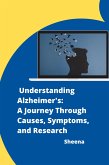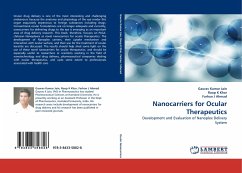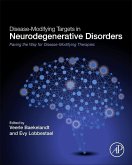A frequent coexistence of cerebrovascular pathology and Alzheimer's disease pathology has been observed over past decades. Accordingly, there is much documentary evidence indicating that microvascular endothelial dysfunction, due to cerebrovascular risk factors (e.g., atherosclerosis, obesity, diabetes, smoking, hypertension, aging), precedes cognitive decline in Alzheimer's disease and contributes to its pathogenesis. This book describes a multitasking combination therapeutic (i.e., biomimetic lipid nanocarrier for several drugs) which crosses the blood-brain barrier, and readily binds to populations of cell-surface scavenger receptors (mainly SR-BI) simultaneously in brain tissue. These same receptor classes have been extensively reported to occur prominently on various Alzheimer's-related cell types. Hence, this multitasking (targeted drug-delivery) therapeutic may also display greater effectiveness at different stages of Alzheimer's disease. Such a multitasking therapeutic approach could be especially useful to pharmaceutical researchers, graduate students and medical professionals by representing a promising way to treat, delay, or even prevent the disease in the future.
Bitte wählen Sie Ihr Anliegen aus.
Rechnungen
Retourenschein anfordern
Bestellstatus
Storno








